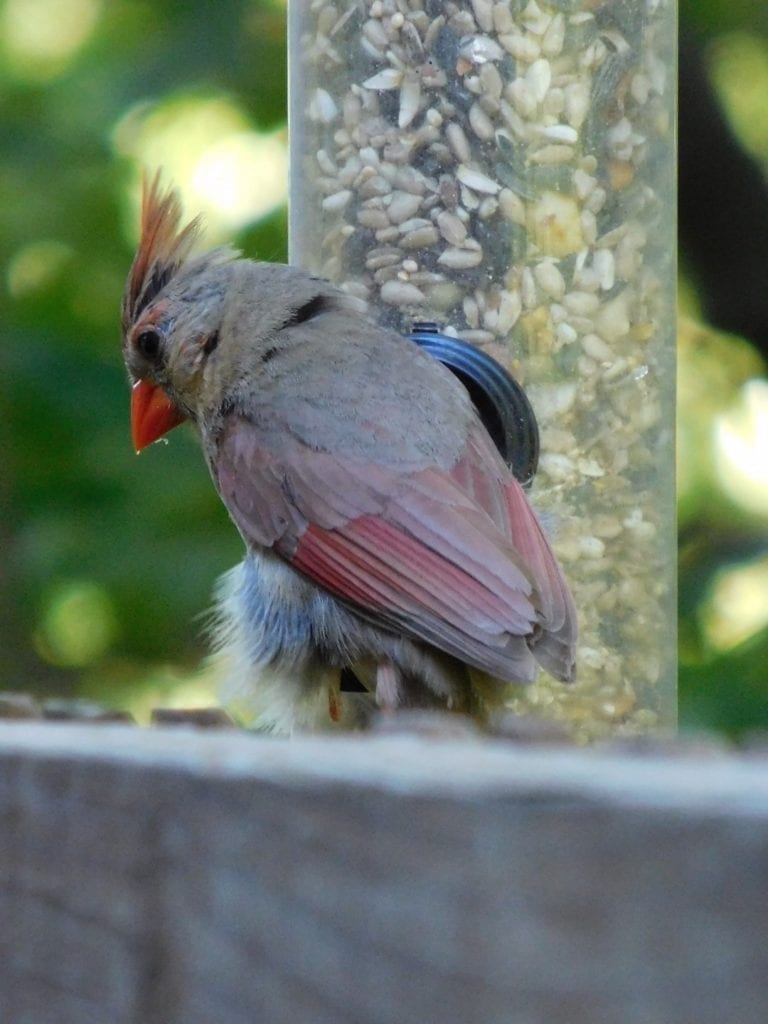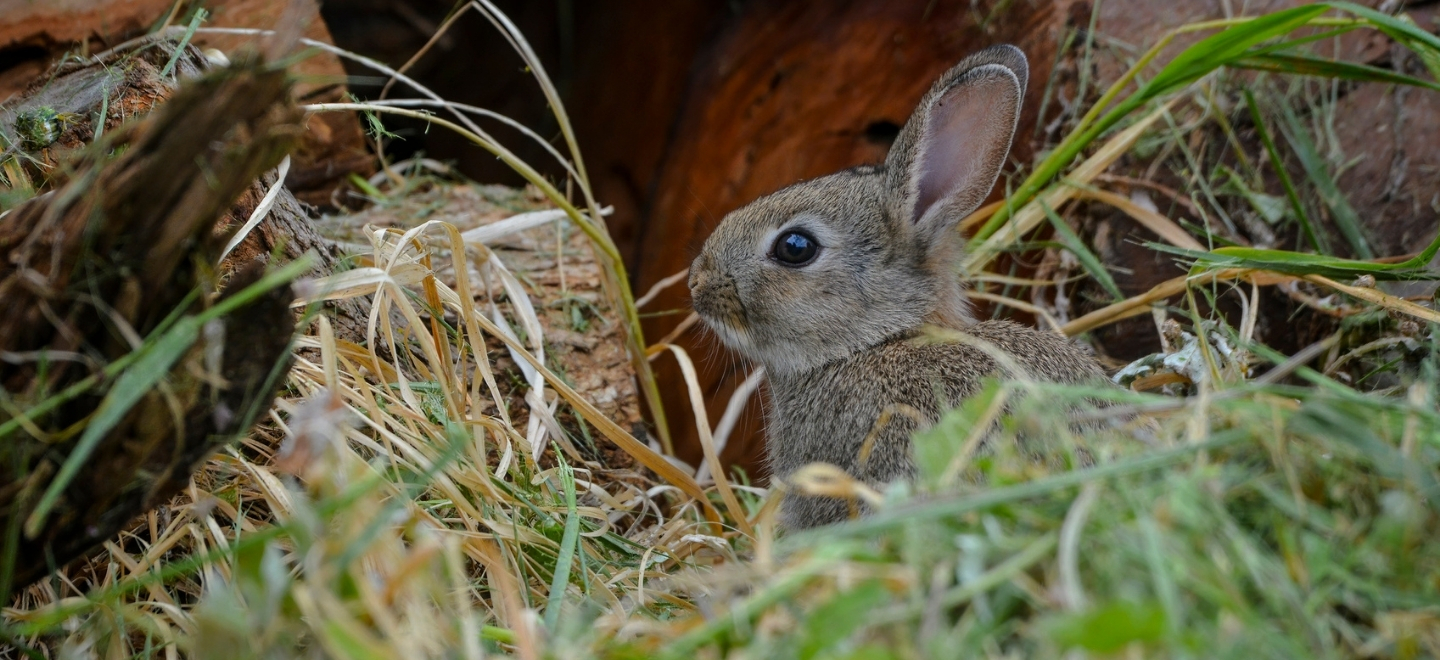With the weather getting colder, it is the perfect time for you and your family to get outside and help wildlife get ready for winter.
Let’s Get Started
Many of the beneficial insects, birds, and small animals in your backyard may find it harder to find shelter, water, and food in the coming months. Here are three ways you can help and learn more about the wildlife where you live.
Awesome!
Awesome!
Water
All living things need water to survive. It can be hard for wildlife to find water, especially when the temperature drops to freezing.
- You can help by simply placing a shallow dish of water in a sunny spot in your backyard or apartment balcony. If you place a container on the ground, add a rock or two near the edge to help smaller creatures crawl out.
- Be sure to keep the water containers clean and refill whenever the water level gets low.
Awesome!
Awesome!
Shelter
Colder weather leads to bare trees and shrubs and less ground cover which means fewer places for smaller animals to stay warm and hide from predators. You can help wildlife find the cover they need:
- Rake a small pile of leaves in a quiet part of your yard for insects, frogs, toads, and box turtles to burrow under.
- Gather a bunch of sticks and grasses together to make an out-of-the-way brush pile for rabbits, chipmunks, and mice to overwinter.
- Plant native evergreen trees and shrubs to provide shelter and food for insects, birds, and small mammals.
Fantastic!
Fantastic!
Food
The best way to feed all wildlife is by planting native plants and shrubs. Birds are really the only wild animals you should feed artificially.
- You can learn a lot about birds by knowing what they eat (insects and worms, or seeds, nuts, and berries, or nectar of pollen) and where they eat (on the ground, along tree trunks and branches, or shrubs and grasses). So it makes sense that different types of foods and where you place the feeder attracts different kinds of birds.
- You can buy bird feeders like the ones described below or make them by recycling items you have at home.
Check out Ranger Rick®, to learn more about feeding backyard birds and more helpful tips, like these:
- A tray feeder is ideal for ground-feeders such as doves, sparrows, and juncos.
- Chickadees, finches, and titmice will often flock to a tube feeder.
- A hopper feeder attracts birds such as cardinals, grosbeaks, and jays.
- Woodpeckers and nuthatches are common visitors at a suet feeder.
Document Your Discoveries

- List the ways you are going to help wildlife in your Nature Notebook.
- Describe or draw the animals that you observe at your feeder or water dish.
- Remember to watch wildlife from a safe distance. Never disturb any of the animals you find.
- Bonus: Check out some simple ways you can feed birds in winter.


